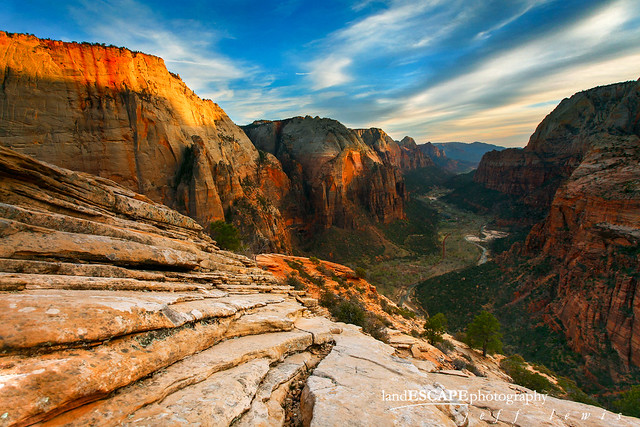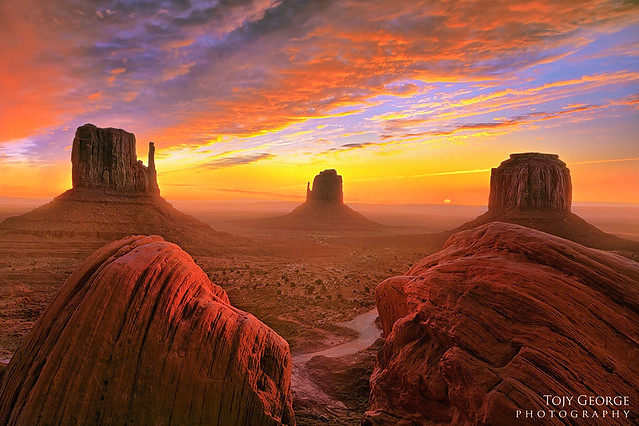Darwin will always hold a very, very special place with me – it is where I first became inspired to learn about taking landscape photos.
Don’t worry, I’m not leaving town! I have many years to come, of photographing the NT. But I am very excited about getting out in to some new territory.
But, it is a huge and fascinating world out there! And I am in the process of planning my first “proper” trip, since I turned “pro” with the camera (what ever “pro” means).
I’m off to the US of A. It wasn’t really somewhere I ever thought I’d travel to in a hurry. Nor somewhere I immediately think of when I think of majestic, beautiful, landscape photography. I think I might have been wrong.
I have started research for the trip, and am fast realising that the part of America I am travelling to is jam-packed full of National Parks and fascinating landscapes. There’s canyons and waterfalls, mountains and rugged coastline, new birds I’ve never seen and bears (which I don’t think I want to see!). I’m a bit worried I’m not going to have enough time to fit it all in!
I have spent a lot of hours trawling the internet as part of this “research” for my travels. It bought to my attention something that I think is a very, very important part of taking great photographs. Anyone who is “wanting to take better photos”….
Here is the biggest and bestest piece of advice there is…
DO YOUR RESEARCH!
Now, your average Joe Blogs traveller, might Google “things to do LA” or might grab a Lonely Planet guidebook to take with them to read on the plane… Not me. And probably not any other semi-serious photographer. Yes, I have the Lonely Planet guidebook ready and I have also Googled “things to do in LA”…. But there is so much more that you have to consider to come home with those great photographs.
This advice is not just relevant to holiday makers and travelers – even in your home town there will be planning involved in a shoot. Weather conditions, sunrise/sunset times and angles… tide times and often a “reccie” run of the location to check out interesting vantage points.
What resources do I use for landscape photography in Darwin? I use these on a daily basis (at least!) for planning my sunset outings.
- “Willy Weather” for tide predictions – a handy tide “map” that gives you tide times and levels at sunrise and sunset (not just the high and low tide points). I also use this app on my iPhone.
- The BOM Radars – planning around weather, clouds, and storms for the best lighting (and staying dry!)
- Weatherzone Storm Trackers – a membership with the website gives you access to lightning maps
- An iPhone app called “The Photographer’s Ephemeris” (free for the desktop app). Useful for the maps showing the sunrise and sunset direction at particular times of year, including moonrise and moonset information and other sky points of interest (eclipse dates, etc).
- NT Road Report for any outings further afield. No point in travelling to a place if the road is closed!!!
Anyway, back to my exciting travel plans – which is what I was here to tell you all about in the first place! I have got four weeks driving around the California area. To most holiday-ers, that might sound like heaps of time. But to someone who is a true backpacker at heart, that is no time at all! I’m the person that took 18 months driving around Australia…. and that was BEFORE I got my camera!
Now that I have the camera permanently attached to me, each sight-seeing excursion takes twenty times longer than the average snap happy tourist. The average tourist will visit a place, stay a while, enjoy it, have a snack, take a few photos and then leave…. never to return.
A landscape photographer tourist will visit a place, then dance around with a camera to figure out if there are any worthwhile stunner-compositions, figure out whether the light would be best at sunrise or sunset… and then leave, to return at a “better” time. In the meantime the photographer will need to check sunrise/sunset times, tide times, weather forecasts, open hours, walking distances…… All of which takes time.
Time is something I am going to be short of on this trip! Doing prior research means I can find out a lot of this information prior to even touching down in the states.
The main issue is finding out which are the most photogenic locations. Where should I even go?! A great starting point are the guide books. I find out which areas I want to visit, and then start researching the best photographic vantage points, within those regions.
I’ve been gathering information from the US National Parks website, downloading brochures and maps. My main source of information needs to come from other landscape photographers…. people who have been there. The photographers who have seen with their own cameras, which angles are best at what time of the day. Places where crowds won’t get in the way!
Flickr is great, we all know how much I love Flickr! Check out my blog on Flickr here – http://wp.me/p3zwhm-3n
Flickr is great for searching for real examples, of the photogenic locations within the areas I want to visit.
I started writing this blog solely with the idea of sharing photographs from Flickr, with all of the interesting places I am planning to visit. A sort of teaser, if you like!
But I am doing so much research… It really highlights an important part of landscape photography – the research… the time that goes in to the shot before even getting to the location! That research is something most “beginner” photographers don’t do.
To get the best shots, you need to be in the best places, at the best time of day, when the waterfall is flowing at it’s fastest, when the light is at its prettiest or when the waves are at the right level to surround that rock/tree/island! How can you get those beautiful landscape shots if you don’t research where you are going? You can, if you have time to explore the area when you are there. I don’t, unfortunately. I am on a tight schedule!
Just to give you an idea – I am mainly looking at researching:
- The best and prettiest hiking trails, and their estimated time-frames and difficulty level (I will only carry bare essential gear if I know I’m going to be scaling cliffs!)
- The particular locations I would like to shoot: where even are these vantage points?
- The best times of day to be at the beautiful locations… sunrise or sunset?
- What are the conditions at that time of year? Some places are not accessible due to snow. The waterfalls in some of my chosen locations are flowing at their best… etc
- Where to camp/stay so that I don’t have too far to travel to those sunrise locations.
- Weather conditions – gloves will be required so my camera-button-pushing-fingers don’t fall off!
Now for the fun bit! Here’s some awesome examples of those beautiful places I will be encountering! If you have any experiences from these locations, please feel free to share your tips and photos.
Don’t forget that these photos are shared from Flickr.com – if you like a photo, click on the photo to see more work from that photographer!
San Francisco and the Golden Gate Bridge:
The Californian Coast, from LA – approx Redwood State Park:
An awesome rock I discovered in my search for interesting places – Rat Rock, near San Fran:
Redwoods in Northern Cali’:
Yosemite National Park (CA):
Hopefully a little less cold and snowy by the time I get there…..!
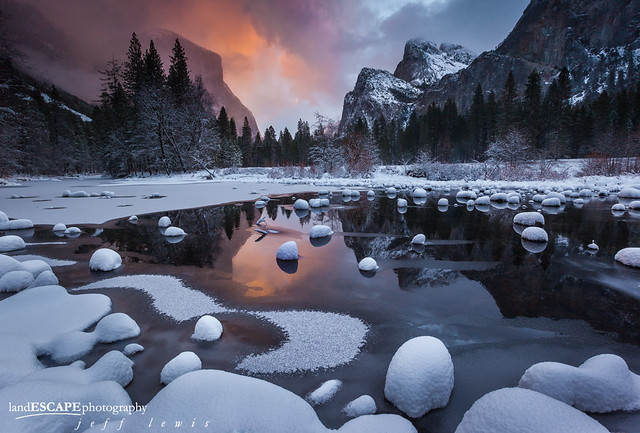
(Jeff Lewis)
Las Vegas:
Death Valley:
Grand Canyon:
A slightly different perspective:
 (Stewart Baird)
(Stewart Baird)
Horseshoe Bend:
Zion National Park (Utah):
Monument Valley (Utah):
The Arches National Park:


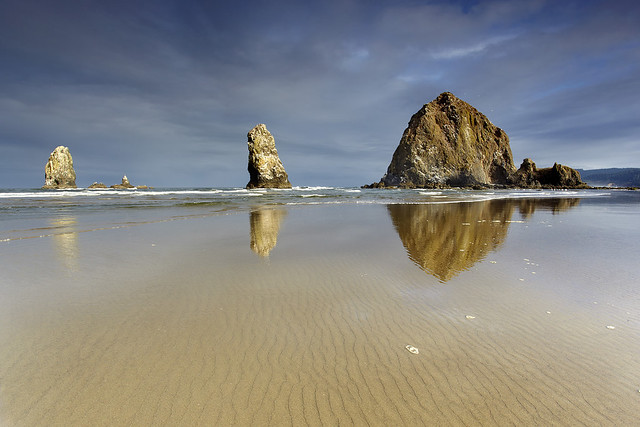
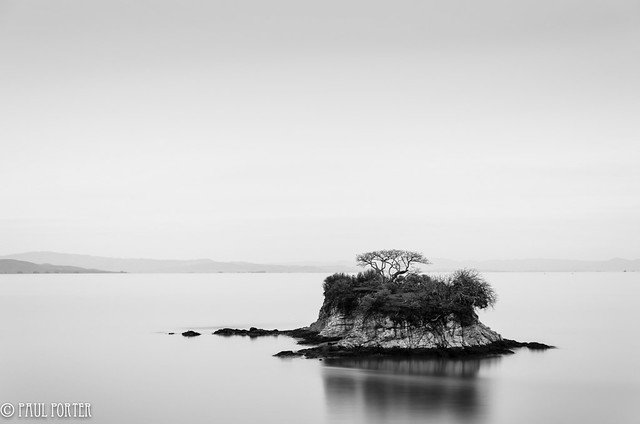
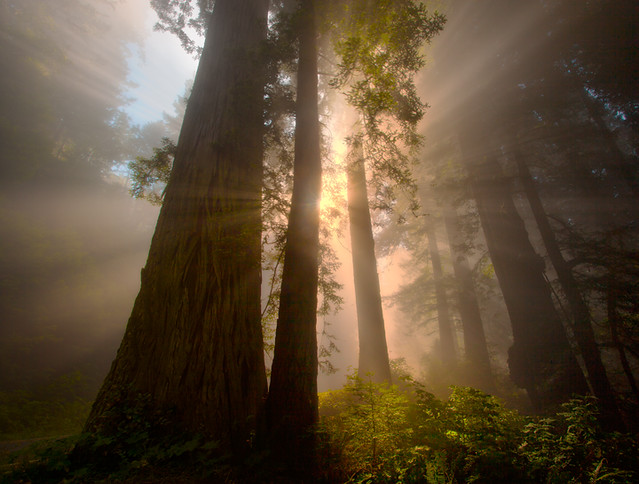

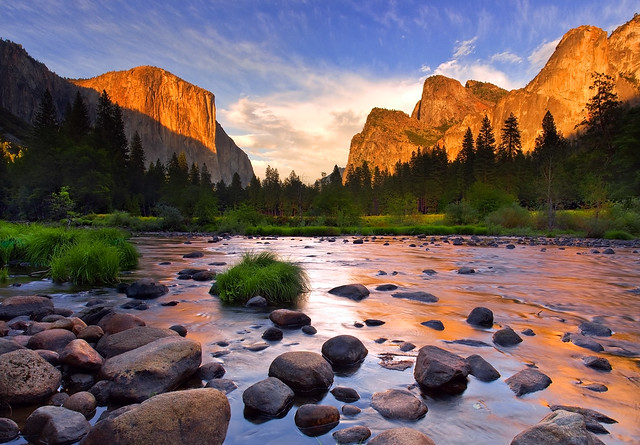
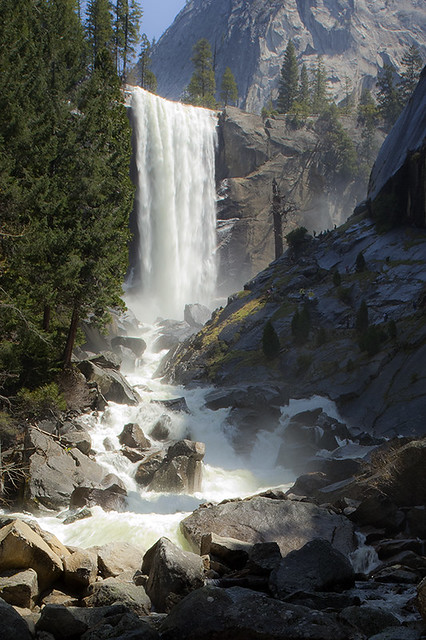

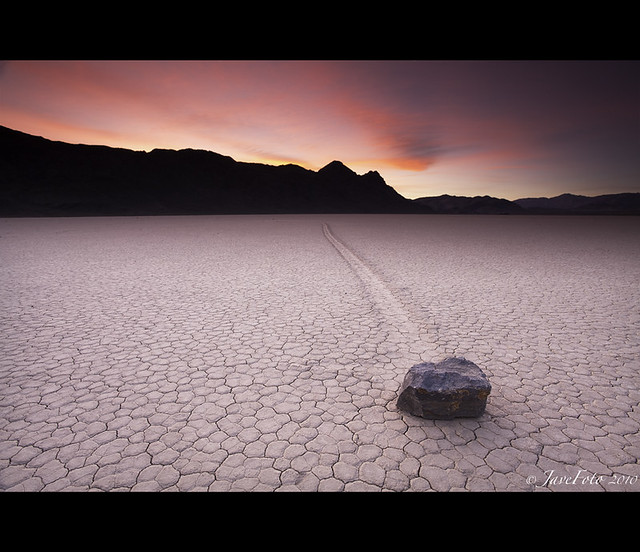


![Perfect Storm [Explored]](http://farm7.staticflickr.com/6068/6075123619_cc9ea973ea_z.jpg)
